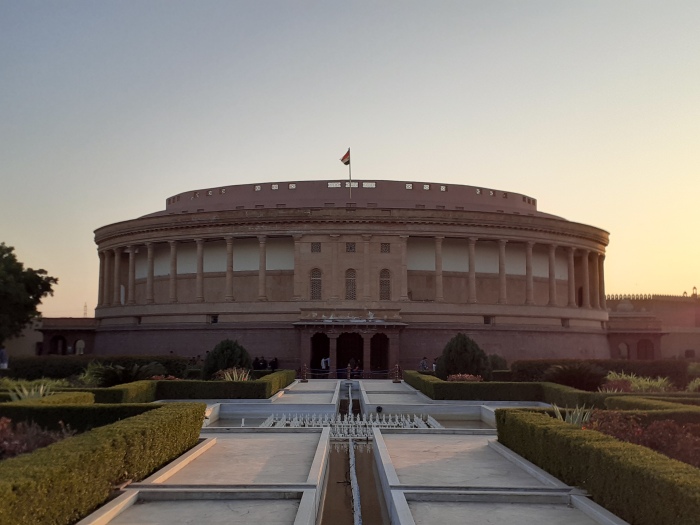Rann of Kutch, the white desert is a unique geographical feature of this planet lies in the westernmost frontier of India in the state of Gujarat. It is a low marshland that remains submerged in seawater in monsoon and as the saline water recedes, it leaves the salt on the ground making the terrain white. It is impossible for any vegetation to grow on the barren desert of salt and hence no animal can live here. It is vast and overwhelming. Miles and miles of flat white terrain shining under bright Sun is a treat to eyes.
Bhuj to Mata No Madh, Lakhpat, Narayan Sarovar & Koteswar
Bhuj is the launchpad for any itinerary to visit Kutch. The Bhuj town is an old town and right in the center of the Kutch district. We arrived at Bhuj railway station in the wee hours. It is a small station and the rail network ends there only. Kutch is India’s largest district and sparsely populated. Hence, the distances are large and public transport is inadequate. So one has to hire a vehicle to explore Kutch in a time-efficient manner. The typical terrain of Kutch consists of uneven grasslands and occasional small hills. It is a semi-arid region hence vegetation is thin and most shrubs.
Mata No Madh is a village about 95 km west of Bhuj. It is famous for the Temple of Goddess Ashapura Mata.
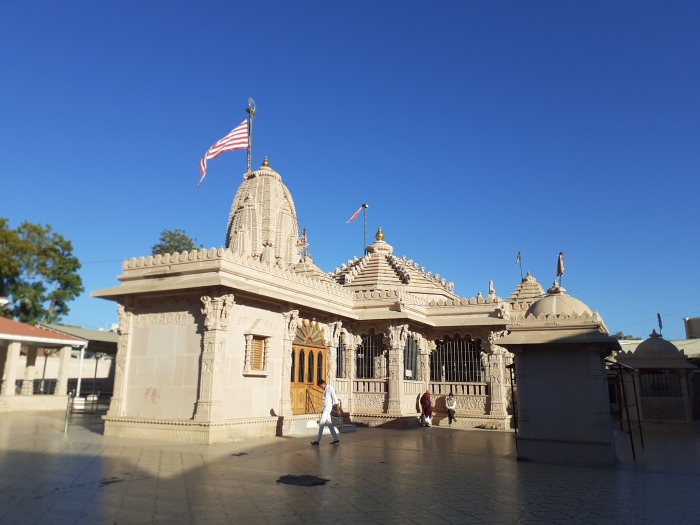
Lakhpat is a deserted settlement right at the western edge of the Kutch. Once it was a vibrant town and its inhabitants were super-rich. Indus river used to flow by this town at that time but shifted its course westward near Karachi. Slowly the town of Lakhpat lost its sheen, trading opportunities and went into oblivion. Now only a deserted village and bastion of the fort stands at the edge of the white rann.

Narayan Sarovar is a lake near Lakhpat which is a famous Hindu pilgrimage. It has a tank and a few temples around it. The Amrita(Heavenly Nectar of Immortality) fell in few places around the subcontinent like Narayan Sarovar, Pampa Sarovar, Bindu Sarovar, Pushkar, and Manas Sarovar.

Koteswar is a little bit away at the westernmost corner of India. There is a Shiva temple facing west at the very end of the point. After Koteswar lies a creek and marshland called Kori creek which also serves as Indo Pak border.

Gateway to Rann Resort

White Rann
Magnetic Hill
On the way to Kalo Dungar, there is a stretch of road, where anti-gravity phenomenon can be observed. It is called a magnetic hill. Though the actual reason is debated it is observed that a vehicle goes backward on facing downhill slope in neutral gear and engines turned off.
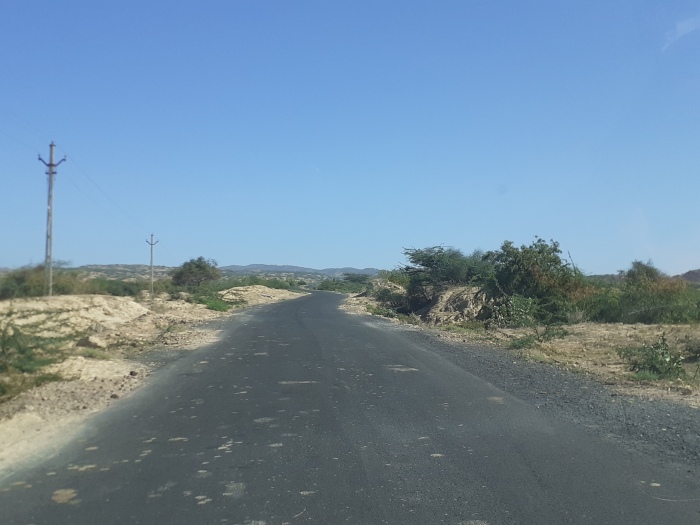
Kalo Dungar , The Crest of Kutch
Kalo Dungar is the highest peak of Kutch. It is standing as a hill on the shores of Rann Lake. There is a temple of Dattatreya (A Hindu Deity who represents Brahma, Vishnu, and Shiva together) on the summit. A pathway goes upwards to the crest which is also the Sunset Point. It offers a jaw-dropping view of the Rann Lake and the border area.
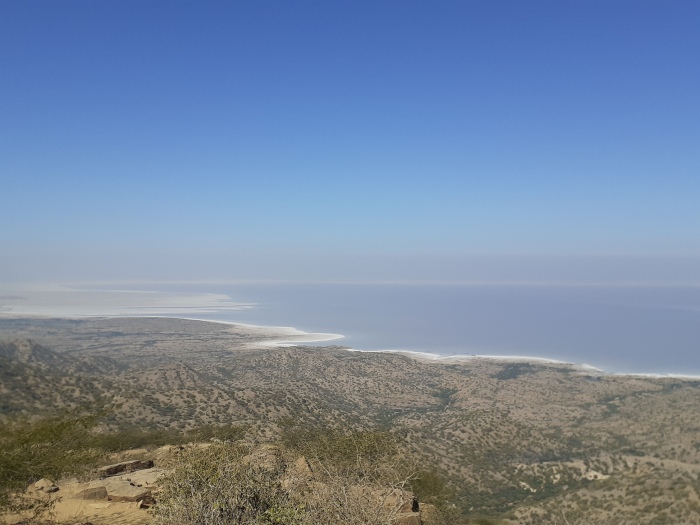
India Bridge, The Last Point A Civilian Can Go
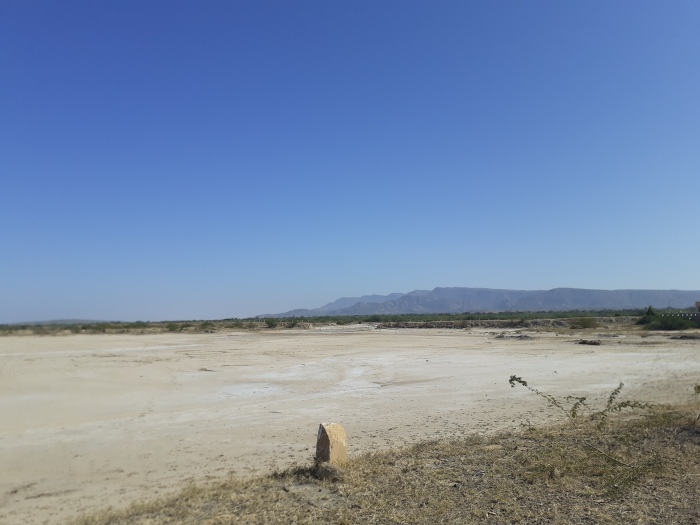
Bhuj City – Pragmahal Palace, Hamirsar Lake, Swaminarayan Temple
Bhuj city lies at the heart of the Kutch district. It is an old ancient town and was the erstwhile seat of Princely State of Kutch. It has several palaces, museums, and memoirs of the past. The word Bhuj evolved from Sanskrit word Bhujangam meaning the Serpent. The founder of Bhuj established his fort where the Serpent used to reside underneath the surface directed by divine incidents.
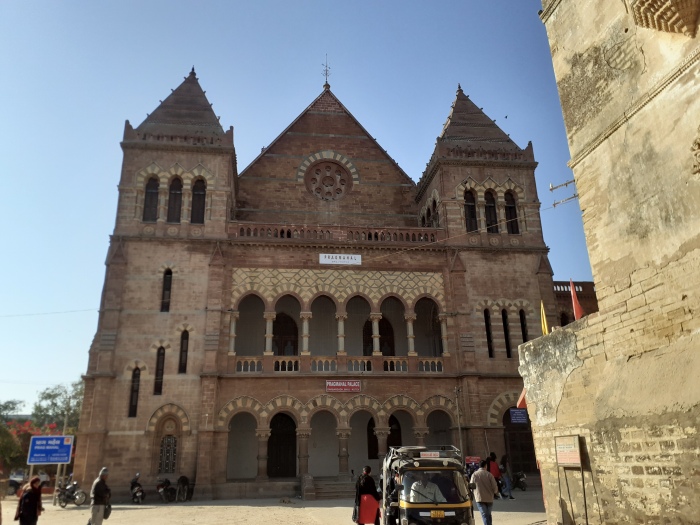
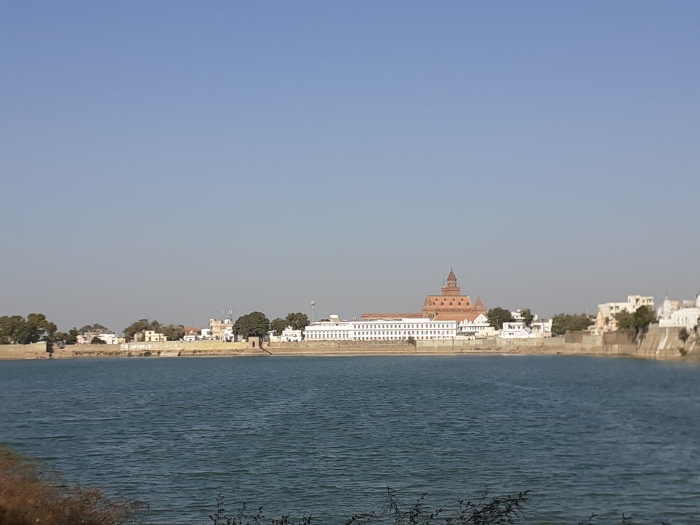
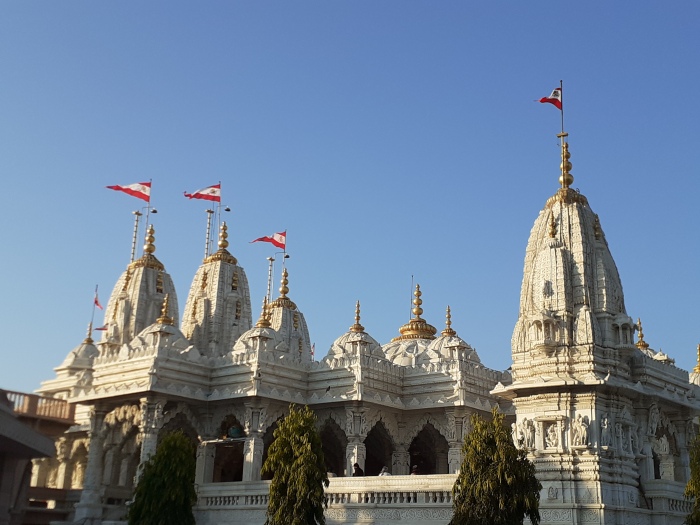
Bhujodi
Bhujodi is an artisan’s village in the outskirts of Bhuj. The Vandemataram Memorial is the prime draw here. It is a theme park dedicated to the independence movement. It hosts beautifully landscaped gardens around a replica of the Indian Parliament. Inside the replica building, there is a diorama show dedicated to the Indian freedom struggle. They depict beautifully several events from Battle of Plassey, Mutiny of 1857, the evolution of Indian National Congress, Swadeshi Movement, Partition of Bengal, Jaliwanwalabagh Massacre, Rowlatt Protest, Non-Cooperation Movement, Simon Commission Protests, Rebellion of Bhagat Singh and his comrades, Gandhis various programs, Dandi March, Quit India movement, Netaji’s disappearance and formation of INA and INA’s heroics in the battle theatre, Naval Mutiny, INA trials and finally, independence.
